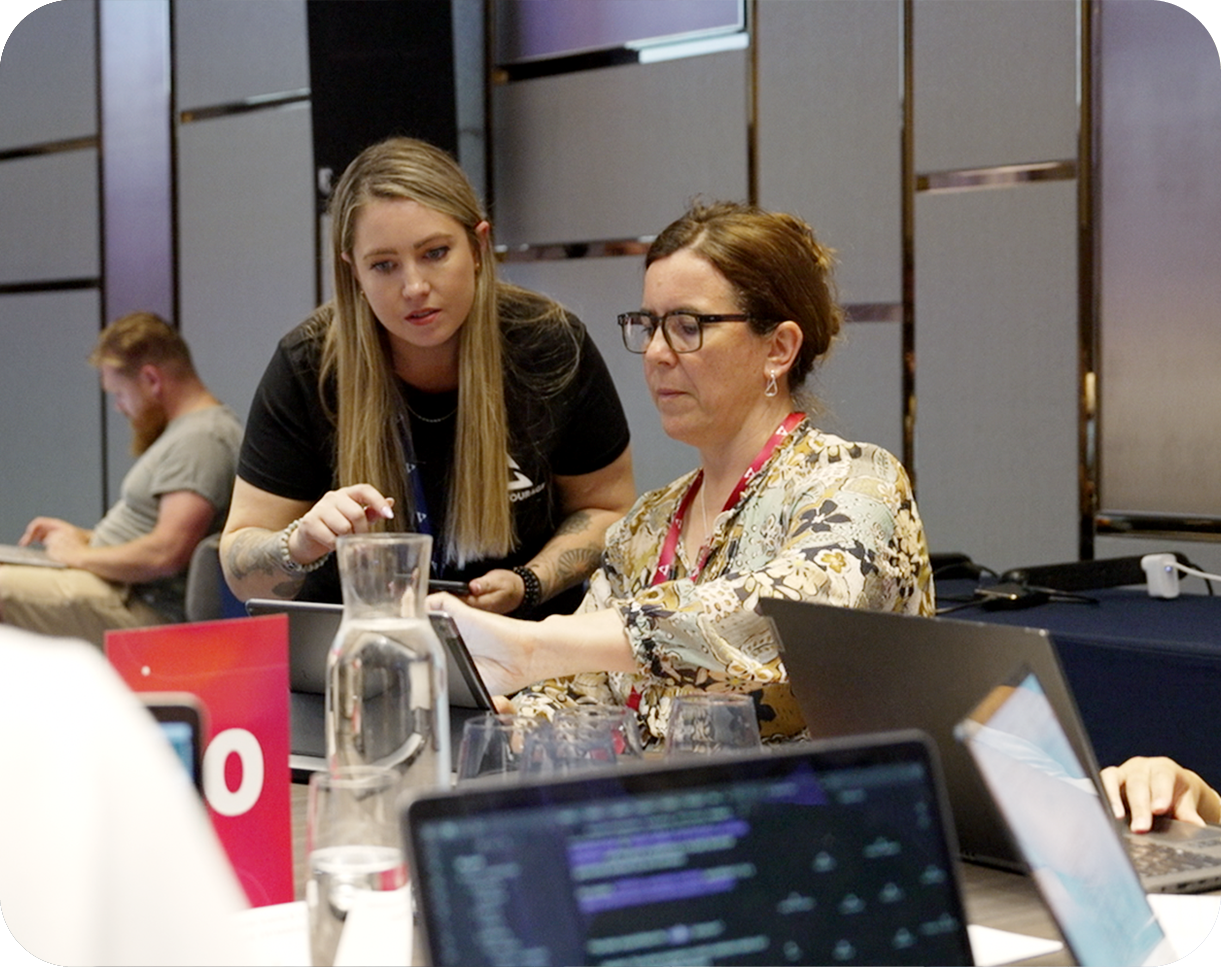Bitcoin isn’t just “digital gold” anymore. Over the past few years, developers have unlocked new ways to mint, trade, and manage tokens directly on the Bitcoin network, without abandoning its core security model. Thanks to Taproot, Ordinals, and Layer 2s, Bitcoin token standards are rapidly expanding, enabling the creation of fungible tokens and NFTs powered by Bitcoin.
TL;DR
- BTKN Tokens: Fast, low-cost Bitcoin tokenization using Layer 2 scalability and unilateral exits to Bitcoin L1.
- BRC-20: The first token standard for creating fungible on-chain tokens via Ordinals inscriptions; simple but lacks smart contract support.
- Runes: Fungible tokens leveraging Bitcoin’s UTXO model.
- ARC-20: Colored token standard built on Atomicals; attaches metadata to individual satoshis, supporting fungible, semi-fungible, and NFT assets.
- SRC-20 (Bitcoin Stamps): Immutable, permanent digital collectibles stored directly in Bitcoin’s UTXO set for censorship-resistant on-chain NFTs.
BTKN Tokens
BTKN tokens are Spark's innovative token standard designed to provide a fast, low-cost, and efficient way to tokenize assets on Bitcoin.
By leveraging the dual-layer architecture of Bitcoin (Layer 1) and the Spark protocol (Layer 2) (L2), BTKN tokens on Spark overcome several limitations of traditional Bitcoin token standards, such as high transaction costs and slow processing times associated with Bitcoin's mainnet.
Key Features
- Dual architecture: Combines Bitcoin L1 as the foundational settlement layer, ensuring strong security, and Spark L2 as the execution engine, which provides faster token operations.
- Speed and cost efficiency: Transactions on Spark L2 are nearly instantaneous with minimal or no gas fees required.
- Unilateral exit to Bitcoin L1: Allows users to broadcast transactions on Bitcoin L1 at any time and reclaim their funds independently of the Spark network. It also ensures non-custodial and self-sovereign management of assets.
- Enhanced usability: Addresses several constraints typical of Bitcoin token standards and enables easy tokenization of assets.
BRC-20 Standard
This is a Bitcoin token standard modeled after Ethereum’s ERC-20 fungible token standard. Created using the Ordinals protocol, BRC-20 tokens represent fungible tokens on the Bitcoin blockchain.
They provide properties like fungibility, security from Bitcoin’s Proof of Work, and compatibility with Bitcoin, but don’t support smart contracts, limiting programmable token features.
Key Features
- Fungible token creation: BRC-20 supports the issuance of interchangeable tokens. Developers specify token details, such as ticker, max supply, and minting limit. No smart contracts are required; the rules are defined within the inscription.
- Powered by Ordinals & Taproot: BRC-20 builds on the Ordinals protocol, which allows satoshis to be “inscribed” with data. The Taproot upgrade improved Bitcoin’s scripting capabilities and enabled more complex on-chain data storage. The combination unlocked NFTs, tokens, and other digital assets directly on Bitcoin.
- Decentralized token management: The creation, minting, and transferring of tokens are handled through Bitcoin transactions with ordinal inscriptions, maintaining immutability and verifiability on-chain.
- No smart contract support: Unlike Ethereum’s ERC-20 tokens, BRC-20 tokens do not use smart contracts. This limits programmable features and automation but simplifies token creation and transfer.
Runes
Runes are another important Bitcoin token standard designed to address some of the inefficiencies left by earlier approaches like BRC-20.
While BRC-20 relies on Ordinals inscriptions, Runes work natively with Bitcoin’s UTXO (Unspent Transaction Output) model, which is the same system Bitcoin itself uses to process transactions. This means Runes can issue fungible tokens without clogging up the blockchain with excessive “junk” data.
Key Features
- Native bitcoin integration: Runes tokens are built directly on the Bitcoin blockchain without requiring any changes to Bitcoin’s core protocol, preserving network security and decentralization.
- UTXO model utilization: Unlike BRC-20’s approach, Runes leverage Bitcoin’s native UTXO (Unspent Transaction Output) model, which increases efficiency and reduces blockchain clutter by minimizing the creation of "junk" UTXOs.
- Fungible tokens with flexible minting: Runes support fungible token creation with open or closed minting, including pre-mining options, offering token creators flexibility in distribution.
ARC-20: Colored Token Standard
ARC-20 is a Bitcoin-native token standard that attaches metadata directly to individual satoshis (the smallest unit of Bitcoin). This process, known as “coloring”, allows developers to mark specific sats as representing tokens, NFTs, or unique digital assets.
Unlike BRC-20, which depends on JSON inscriptions and external indexers to track balances, ARC-20 embeds token information at the satoshi level. This makes asset ownership easier to verify and less reliant on third-party infrastructure.
Key Features
- Colored coins: ARC-20 doesn’t “inscribe” metadata like BRC-20. Instead, it colors individual satoshis, meaning each satoshi carries a unique identity that represents part of a token or asset. This approach allows for higher precision in tracking ownership.
- Multi-asset support: ARC-20 is not limited to fungible tokens. It also supports semi-fungible tokens for gaming assets or event tickets, and non-fungible tokens (NFTs), unique, tradable digital collectibles. This flexibility makes ARC-20 more versatile than many other Bitcoin token standards.
- Improved scalability and efficiency: Since data is stored at the satoshi level, ARC-20 avoids some of the bloat issues seen with BRC-20 inscriptions. This reduces indexing overhead and transaction size, making ARC-20 potentially faster and more cost-efficient.
- Decentralized indexing: ARC-20, by coloring sats directly, enables trust-minimized verification, meaning any Bitcoin node can validate token ownership without depending on third-party services.
SRC-20 Token Standard
The SRC-20 standard, also called Bitcoin Stamps, lets you mint, store, and trade on-chain digital collectibles on Bitcoin. Unlike Ordinals-based standards like BRC-20, which store data in the witness field (which can be pruned by Bitcoin nodes), SRC-20 stamps embed data directly into Bitcoin’s UTXO set.
This means SRC-20 assets are guaranteed to exist for as long as the Bitcoin blockchain exists, making them ideal for rare, permanent collectibles.
Key Features
- Immutability by design: SRC-20 inscriptions are stored in Bitcoin’s UTXO set, the core data structure that tracks unspent transaction outputs. Unlike Ordinals, which can be pruned to save storage, SRC-20 data cannot be removed.
- On-chain digital collectibles: Designed specifically for NFTs, art, badges, and other digital items. Since the entire asset is on-chain, there’s no dependency on external storage like IPFS or centralized servers.
- Permanent and censorship-resistant: Since the data lives in the UTXO set, removing it would require breaking Bitcoin’s consensus rules, which is effectively impossible, thus offering unmatched persistence and security.
Final Thoughts
Bitcoin’s ecosystem is evolving quickly, and token standards are at the heart of that transformation. From BTKN and BRC-20 to Runes, ARC-20, and SRC-20, each standard tackles different challenges, scalability, efficiency, permanence, and flexibility.
Together, they’re enabling new possibilities for fungible tokens, NFTs, DeFi, gaming, and asset tokenization, pushing Bitcoin beyond simple transactions and opening the door to a broader range of applications.
Related Categories
Ryan Terrey
As Director of Marketing at The Entourage, Ryan Terrey is primarily focused on driving growth for companies through lead generation strategies. With a strong background in SEO/SEM, PPC and CRO from working in Sympli and InfoTrack, Ryan not only helps The Entourage brand grow and reach our target audience through campaigns that are creative, insightful and analytically driven, but also that of our 6, 7 and 8 figure members' audiences too.





